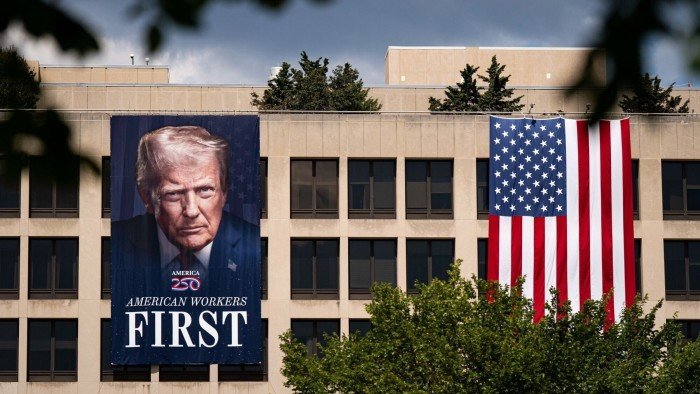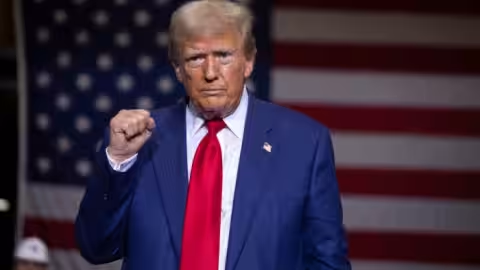President Donald Trump says he has found a “group of very wealthy people” to buy the US operations of TikTok as part of efforts to separate ownership of the social media platform from China.
“We have a buyer for TikTok. I think I’ll need probably China approval and I think President Xi will probably do it,” Trump told Fox News in an interview on Sunday.
The US government has repeatedly delayed its deadline for TikTok owner ByteDance to divest its American operations of the video-sharing app or face a nationwide ban in the US. The latest deadline is September 17, having been pushed back three times since the initial date in January.
Trump, who has credited TikTok for connecting him with younger voters in the 2024 election, said he would give more details on the buyers next month.
“I’ll tell you in about two weeks . . . It’s a group of very wealthy people,” he added.
In April, the Financial Times reported that the White House was discussing a deal with a group of US investors, including Andreessen Horowitz, Blackstone, Silver Lake and other large private capital firms, that would own about half of TikTok’s US business.
Large existing investors in TikTok, which include General Atlantic, Susquehanna, KKR and Coatue, would also take stakes in the US arm, constituting about 30 per cent of the business.
Any deal would need to be approved by ByteDance and the Chinese government, as Trump has signalled. China had previously stated that it would block a sale, and Trump’s tariffs on China in April apparently stalled the negotiations.
Another area of contention is whether ByteDance and China are willing to relinquish control of TikTok’s algorithm, the underlying technology that determines what users see on the platform.
Some analysts have suggested that to meet the requirements of the executive order, which would enforce a shutdown or sale of TikTok, a US entity must have control over its algorithm.
TikTok’s algorithm is listed in China’s official algorithm database, and any export of the proprietary and highly sought-after technology is likely to attract enhanced local scrutiny.
TikTok did not immediately respond to a request for comment.
China’s foreign ministry said on Monday that it had “repeatedly clarified its principled position”.
In January, the foreign ministry pressed for “an open, fair, just, and non-discriminatory business environment for market participants”, adding that “acquisitions . . . should be decided autonomously by companies according to market principles”.
Additional reporting by Stefania Palma in Washington and Wenjie Ding in Beijing























